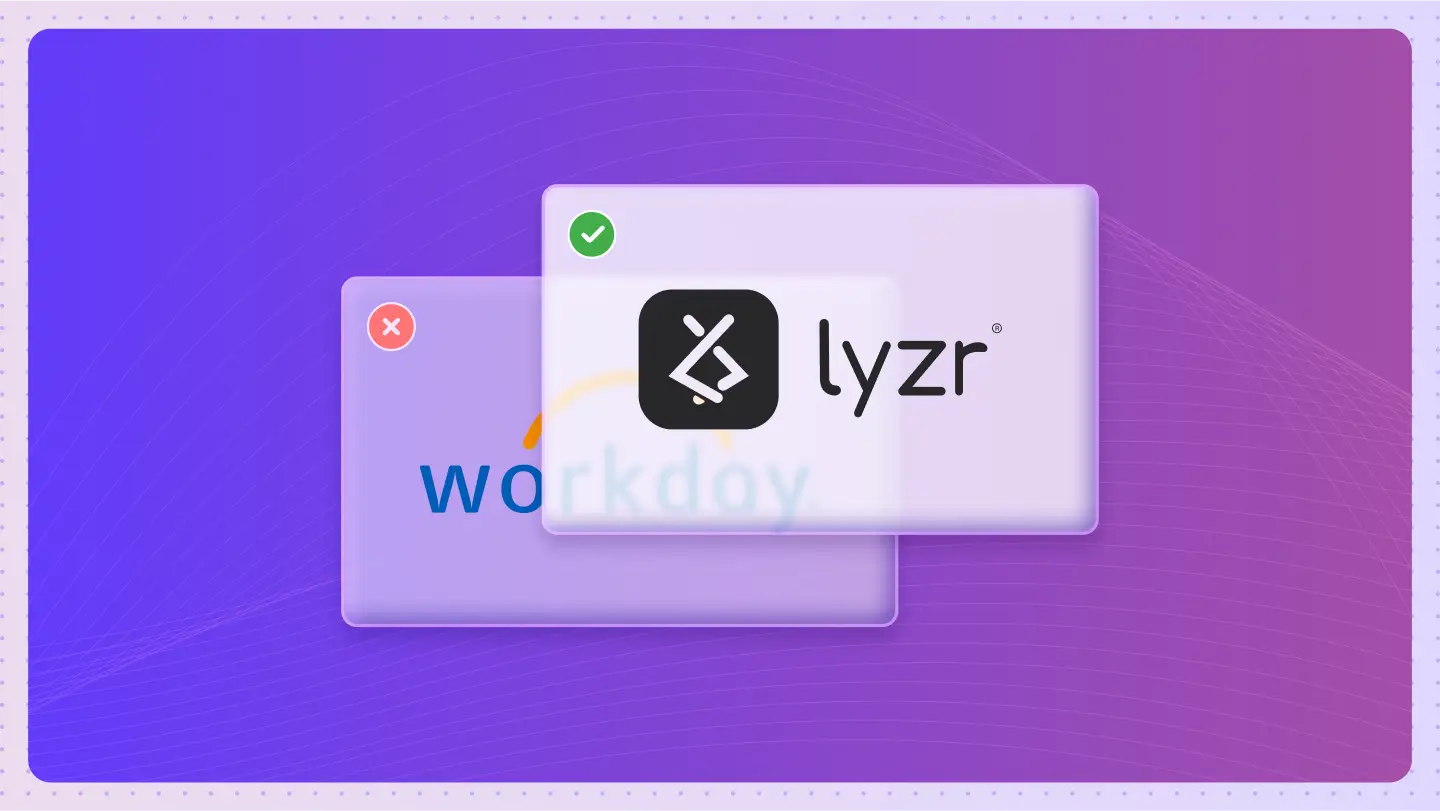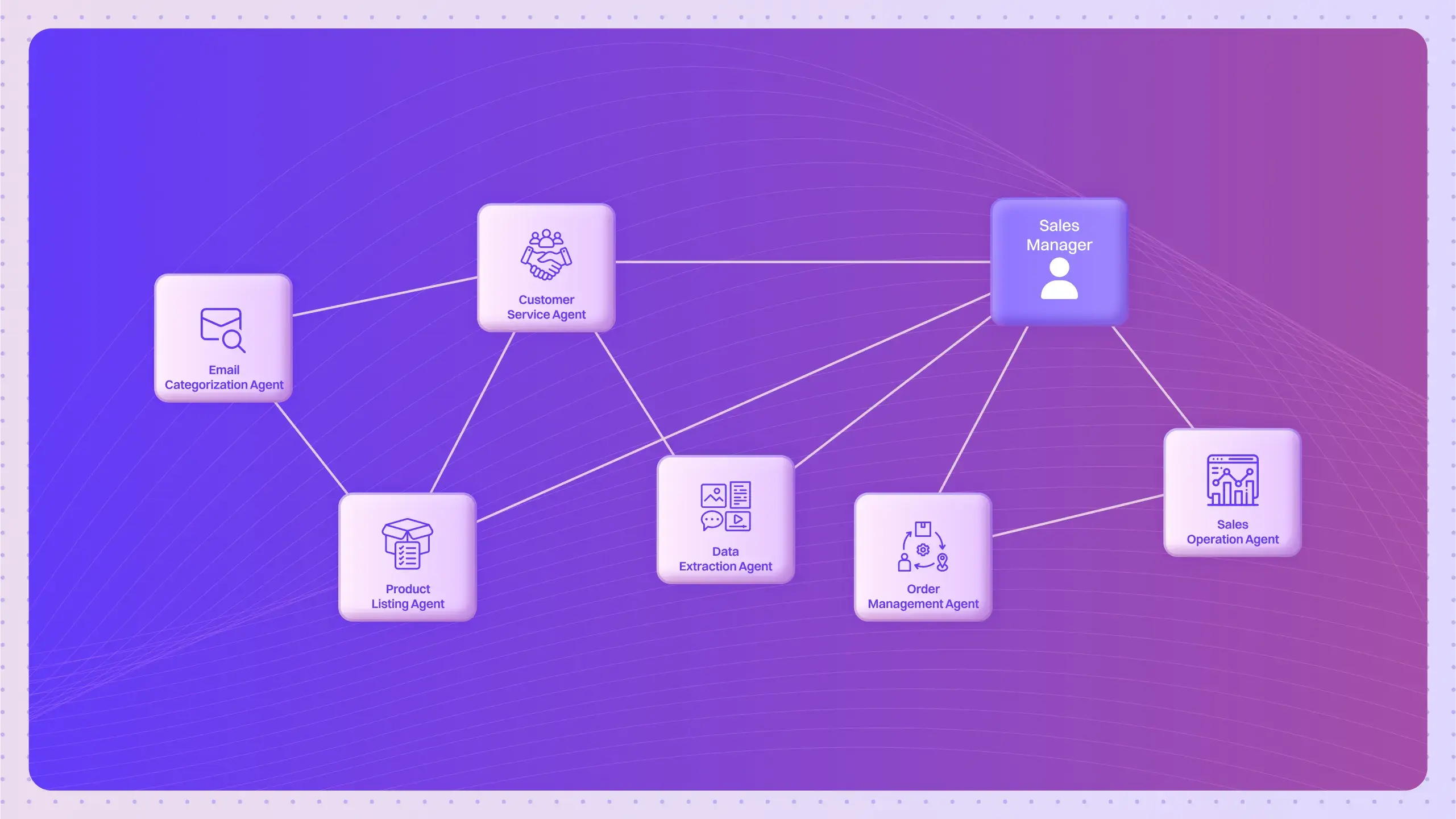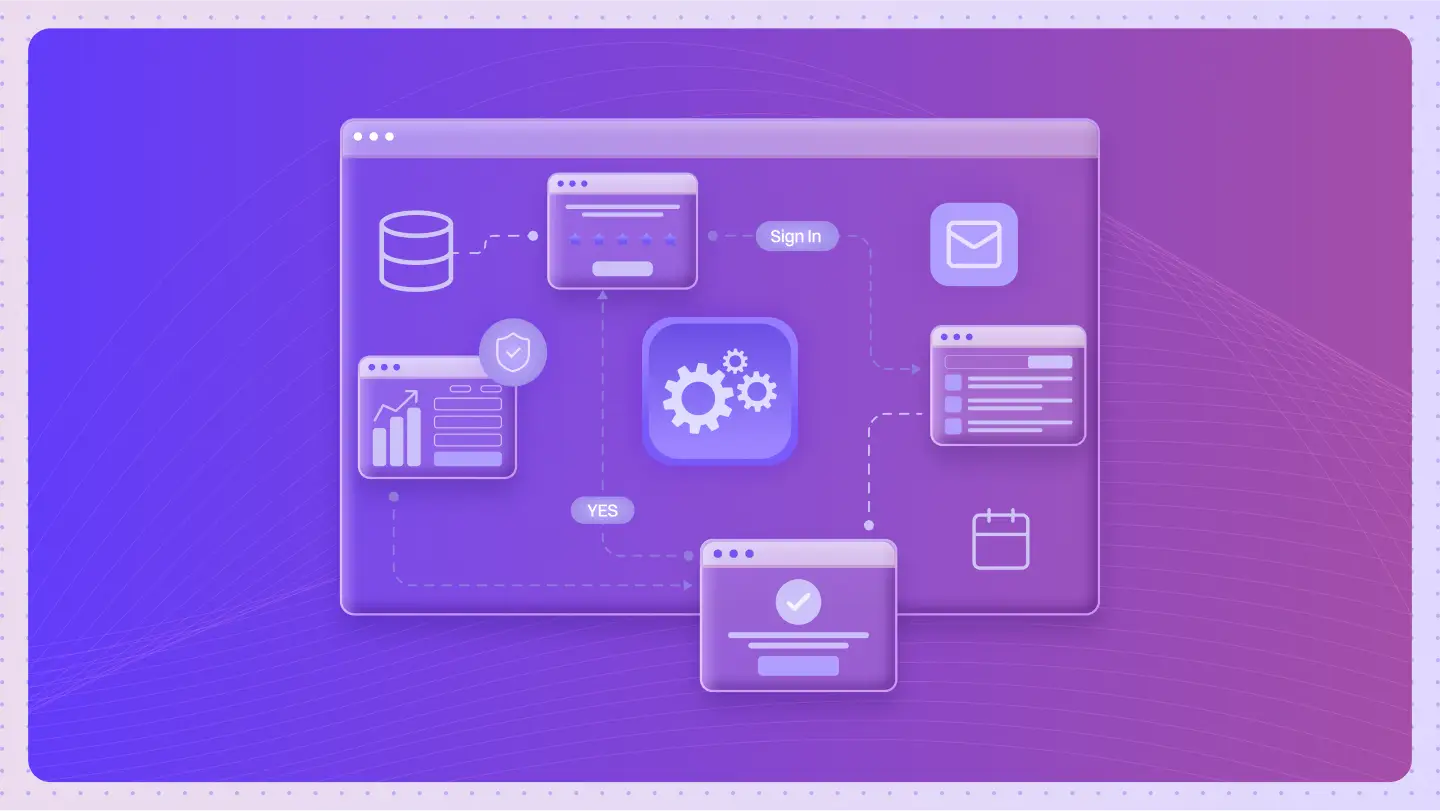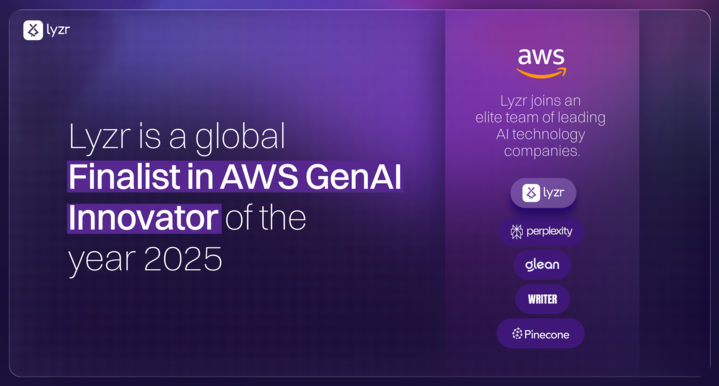What is Federated Learning?
Federated Learning is a decentralized approach to machine learning that enables multiple devices to collaboratively train a model while keeping their data localized. This method enhances privacy and security, allowing organizations to benefit from shared insights without compromising sensitive information.
How does Federated Learning operate or function?
Federated Learning is a machine learning paradigm that enables decentralized and privacy-preserving model training across multiple devices or servers. This approach allows for collaborative learning without the need to share raw data, thereby maintaining user privacy. Here’s how it operates:
- Data Locality: Each device trains a model on its local data, which ensures that sensitive information remains on the device.
- Model Updates: Instead of sending data to a central server, devices send model updates (gradients) to the server, which aggregates them to form a global model.
- Aggregation: The server combines these updates using techniques like Federated Averaging, ensuring that the global model improves without accessing individual datasets.
- Iterative Training: This process is repeated for several rounds, with devices periodically receiving the updated global model to refine their local models.
- Privacy Preservation: Methods such as differential privacy can be applied to the updates to further protect individual data privacy during training.
Benefits include improved data privacy, reduced communication costs, and the ability to learn from diverse data sources without compromising security. Key features of effective federated learning systems include robust aggregation techniques, efficient communication protocols, and mechanisms for handling device heterogeneity.
Common uses and applications of Federated Learning?
Federated Learning is a revolutionary approach that allows multiple parties to collaboratively train machine learning models while keeping their data decentralized and private. This method is particularly beneficial in scenarios where data privacy and security are paramount. Here are some of the key applications:
- Healthcare: Federated Learning enables hospitals to collaborate on patient data analysis without sharing sensitive medical records.
- Finance: Banks can use federated algorithms to enhance fraud detection systems while ensuring customer data remains confidential.
- Smart Devices: IoT devices can improve their predictive capabilities by learning from data across devices without sending personal data to the cloud.
- Telecommunications: Federated Learning helps telecom companies optimize network performance using data from users without compromising user privacy.
- Autonomous Vehicles: Cars can learn from each other’s experiences on the road while keeping location data private.
What are the advantages of Federated Learning?
Federated Learning is a revolutionary approach to machine learning that allows decentralized and privacy-preserving model training. Its growing popularity in industry and technology is attributed to several key benefits:
- Enhanced Privacy: Data remains on local devices, reducing the risk of data breaches.
- Collaborative Learning: Enables multiple parties to train models collaboratively without sharing raw data.
- Reduced Latency: Local model training minimizes the need for data transfer, improving response times.
- Resource Efficiency: Utilizes the computational power of edge devices, optimizing resource use across the network.
- Personalization: Models can be tailored to local data, improving relevance and effectiveness.
- Compliance: Helps organizations adhere to data privacy regulations like GDPR.
By leveraging these benefits, Federated Learning paves the way for more secure and efficient AI applications.
Are there any drawbacks or limitations associated with Federated Learning?
While Federated Learning offers many benefits, it also has limitations such as:
1. Communication Overhead: Frequent updates between devices and the central server can consume bandwidth.
2. Model Performance: The model may perform poorly if there is a lack of diverse data across participating devices.
3. Complexity: Implementing federated learning can be more complex compared to traditional centralized training approaches.
These challenges can impact the overall training process and model accuracy.
Can you provide real-life examples of Federated Learning in action?
For example, Federated Learning is used by Google in its Gboard keyboard to improve predictive text suggestions. The model is trained on user devices without sending sensitive data to the server, demonstrating how privacy is preserved while enhancing user experience. This shows the significance of using decentralized data for model training.
How does Federated Learning compare to similar concepts or technologies?
Compared to traditional centralized learning, Federated Learning differs in its approach to data handling. While centralized learning focuses on aggregating data in one location, Federated Learning processes data locally on devices, which is more suitable for applications requiring privacy. This unique aspect allows for collaborative learning without compromising sensitive information.
What are the expected future trends for Federated Learning?
In the future, Federated Learning is expected to evolve by integrating more advanced algorithms and improving communication protocols. These changes could lead to better model accuracy, broader adoption across industries, and enhanced privacy measures, ultimately promoting a more collaborative approach to AI development.
What are the best practices for using Federated Learning effectively?
To use Federated Learning effectively, it is recommended to:
1. Ensure Data Diversity: Encourage participation from a wide range of devices to improve model robustness.
2. Optimize Communication: Minimize the frequency of updates to reduce bandwidth usage.
3. Regularly Evaluate Models: Continuously monitor model performance to identify areas for improvement.
Following these guidelines ensures a more reliable and accurate federated learning process.
Are there detailed case studies demonstrating the successful implementation of Federated Learning?
Yes, a notable case study involves a healthcare application where Federated Learning was used to train predictive models across hospitals without sharing patient data. This implementation led to improved diagnostic accuracy and better patient outcomes while ensuring compliance with privacy regulations, highlighting the effectiveness of federated learning in sensitive environments.
What related terms are important to understand along with Federated Learning?
Related Terms: Related terms include:
1. Decentralized Learning: Refers to models that do not rely on a central data repository.
2. Differential Privacy: A technique used to ensure that individual entries in a dataset cannot be identified, crucial for privacy in federated learning.
Understanding these terms is important as they provide context for the principles and practices surrounding Federated Learning.
What are the step-by-step instructions for implementing Federated Learning?
To implement Federated Learning, follow these steps:
1. Define the Model: Establish the architecture and parameters for the model.
2. Select Participants: Choose devices or organizations willing to contribute data.
3. Local Training: Each participant trains the model on their local data.
4. Aggregation: Collect model updates from participants and aggregate them at the central server.
5. Repeat: Continue the process until the model reaches desired performance.
These steps ensure a structured approach to federated learning implementation.
Frequently Asked Questions
Q: What is federated learning?
A: Federated learning is a machine learning approach that enables model training across multiple decentralized devices while keeping data local.
1: It preserves user privacy by not sharing raw data.
2: It allows collaboration across different data sources.
Q: How does federated learning ensure privacy?
A: Federated learning ensures privacy by allowing data to remain on its original device.
1: Only model updates are sent to a central server.
2: This minimizes the risk of data exposure.
Q: What are the benefits of using federated learning?
A: Federated learning offers several advantages for collaborative learning.
1: It enables organizations to utilize data without compromising privacy.
2: It allows for improved model performance through diverse data sources.
Q: What kind of data can be used in federated learning?
A: Federated learning can accommodate various types of data.
1: It works well with data from mobile devices, IoT devices, and edge computing.
2: It can be applied to structured and unstructured data.
Q: What are the key features of effective federated learning?
A: Key features of effective federated learning include.
1: Support for heterogeneous devices and networks.
2: Mechanisms for model aggregation and communication efficiency.
Q: How does federated learning differ from traditional machine learning?
A: Federated learning differs from traditional machine learning in several ways.
1: Traditional ML centralizes data, while federated learning keeps data local.
2: This approach reduces data transfer and enhances privacy.
Q: What types of applications can benefit from federated learning?
A: Federated learning can benefit various applications.
1: Healthcare can use it for sensitive patient data analysis.
2: Financial institutions can leverage it for fraud detection without sharing customer data.







